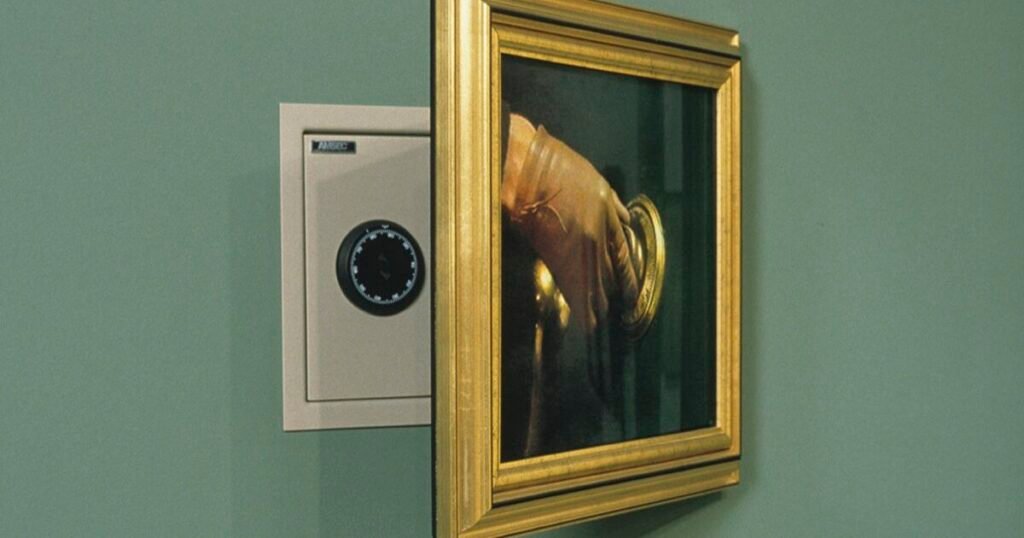The idea of art as an investment vehicle has been gaining momentum in recent years, and with it a proliferation of art funds. The first fund dates back to 1974, when the British Rail Pension Fund invested in more than 2,500 works of art over six years. The scheme prospered, reportedly delivering an aggregate return of 11.3% per year compounded from 1974 to 1999.
Since then there have been numerous attempts to launch art funds, with varying degrees of success. The London-based Fine Art Fund, which recently rebranded as the Fine Art Group, is one of the longest-standing and biggest players in the market. The group currently manages eight different funds and has more than $500 million in assets under contract.
Chief executive Philip Hoffman, who founded the Fine Art Group in 2001 having worked at Christie’s for 12 years and KPMG before that, attributes his success to the mixture of art world and financial expertise his company offers. “Most art funds lack staying power and long-term capital,” he says, noting that the majority are less than two years old. “People don’t want to invest in a firm without a track record, especially after Lehman Brothers blew up in 2008.”
In 2015, Hoffman wound down his first fund, launched in 2005-06, which made an annual net return of 5%—a “respectable figure,” he says, and “better than most unleveraged funds, many of which went bust after 2008.” But some in the art trade say the return is poor. Todd Levin, the director of the New York-based Levin Art Group, says he has “a consistent annual net return of between 8% and 40% on groups of artworks with hold times of between four and 12 years.”
As the art market has changed over the past 10 years, so too has Hoffman’s business model. His first funds invested heavily in Old Masters, a category he no longer deals in, choosing instead to invest in Impressionist, modern, and contemporary art.
The Fine Art Group is also launching a lending arm to help art collectors and dealers borrow against their assets. The new company, called Fine Art Financial Services, offers up to 50% of the value of works up to $20 million, including those due to be auctioned. “We are looking towards being one of the biggest guarantors at auction,” Hoffman says. The group also offers an art advisory service to its clients.
However, many art funds have failed to adapt and have folded since the highs of 2007, when there were around 50 active globally. That figure dropped to 12 by the end of 2010, according to Fine Art Wealth Management. Casualties include Fernwood Art Investments, which went up in smoke before the recession, prompting a small group of equity investors to file lawsuits, and the Art Trading Fund, the world’s first art hedge fund, which went into liquidation at the end of 2009.
Since 2010, there has been a slight uptick in new art funds being launched. Among them is the Tiroche DeLeon Collection art fund, which was established in 2012 and invests in contemporary art from developing countries. Since March 2012, the art fund has seen a total return of 15.83%. The firm is currently focusing on sales, primarily in Asia and Africa, ahead of its five-year anniversary.
Despite a renewed interest in art funds, however, there is limited evidence that any are viable, say some trade insiders. “Art is not a liquid enough asset to produce the sort of returns that investors would want,” says Melanie Gerlis, an art market journalist and the author of Art as an Investment?: A Survey of Comparative Assets (2014). “And evidence suggests that investors would rather buy more traditional assets to make money and buy art for other sorts of returns.”
Levin suggests that art funds fail where other forms of art investment succeed partly due to the overhead required to run one. “An art fund is a very expensive proposition, due to the overhead costs eating away at one’s profit margin.” he says. “Whether one is an investor or collector, you would be better served employing an experienced art advisor on a one to one basis to build a portfolio or collection of art.”
Ultimately, Levin says, reducing art to a transaction misses the point of collecting. “The important part of collecting art is the education modality, and it is this that drives the transactional modality. One must build a certain level of connoisseurship first.” he says. “Fundamentally, the only successful way to buy art as an aesthetic object and as an investment is to spend your own money and do it yourself with the guidance of an advisor.”

